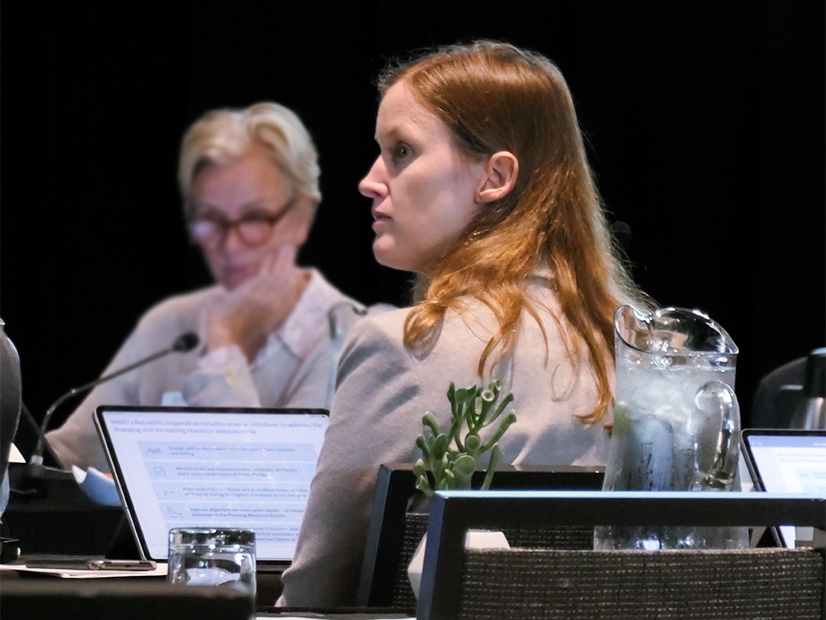
MINNEAPOLIS — MISO’s lead planners on Tuesday told their Board of Directors that more expensive annual Transmission Expansion Plans (MTEPs) will become the norm, saying MTEP 23’s $9.4 billion package is a sign of future scattershot load growth in the footprint.
MTEP 23 contains 578 projects at $9.4 billion, more than doubling MTEP 22’s investment. (See MTEP 23 Catapults to $9.4B; MISO Replaces South Reliability Projects.)
Senior Director of Transmission Planning Laura Rauch acknowledged that MTEP 23 is the largest MTEP cycle in MISO’s history that doesn’t include long-range transmission plan (LRTP) projects or Multi-Value Projects.
During a meeting of the MISO Board of Directors’ System Planning Committee on Sept. 12, Rauch said most MTEP 23 projects are needed for reliability amid “localized load growth rather than bulk increases to load.” She characterized the bump in load as “spot load growth.”
MISO Director Nancy Lange asked whether the RTO anticipates “these lumpy, large investments” in MTEP cycles into the future.
Rauch said MISO members have indicated large industrial and commercial load additions will persist. She said MISO planners are expecting more economic growth in the footprint and sizable demand from new data centers and green hydrogen facilities.
MISO Director Barbara Krumsiek asked if funds from the Inflation Reduction Act are behind the jump in transmission needs.
“It’s such a substantial leap. Has it been long in the making or recent?” she asked.
Rauch said the upswing in spending appears to be occurring independent of government funding.
MISO Director Mark Johnson said despite the billion-dollar costs of two MTEP 23 projects, the projects differ from LRTP projects because they’re meant to be in service within three years, not the approximate decade allotted for the long-term planning.
Rauch said MISO remains “firmly committed” to recommending LRTP projects in MISO South despite the large amount of MTEP 23 investment in the region. She said the MTEP 23 projects don’t “preclude” separate, future solutions for long-term transmission needs in the South.


